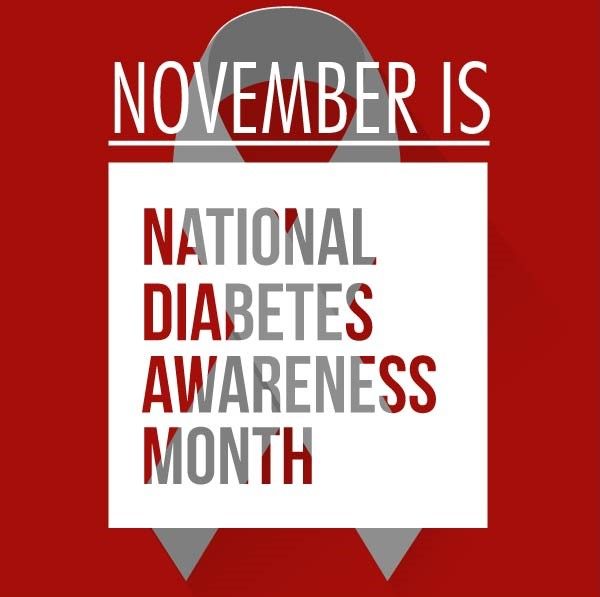You can use the Nutrition Facts label to help inform your food choices. These food labels are especially helpful if you use carb counting to plan your meals.
Start by looking at the serving size. All of the information on the label is based on the serving size listed. If you eat more, that means you’ll be getting more calories, carbohydrates, etc. than what is listed.
The information on the left side of the label tells you the total of the different nutrients in one serving of the food. Use these numbers to compare labels of similar foods.
If you are trying to lose or maintain your weight, the number of calories you eat is important. To lose weight, you need to eat fewer calories than your body burns. Use labels to compare similar products to determine which contains fewer calories.
Total carbohydrate on the label includes all types of carbohydrate – sugar, starch and fiber. It’s important to use the total grams when counting carbs or choosing which foods to include. Below the Total Carbohydrate (carbs), you will find a breakdown of the types of carbohydrate in the food. Soon, added sugar will also be a required listing to help you know the difference between sugar that occurs naturally in the food (like yogurt or fruit) and sugar that was added during processing (like cookies, candy and soda).
Fiber is part of plant foods that is not digested – or for some types, only partially digested. Dried beans such as kidney or pinto beans, fruits, vegetables, and grains are all good sources of fiber. The recommendation for fiber is to eat about 25 grams per day for women and 38 grams per day for men. But many Americans are only getting about half the fiber that they need per day. In general, more fiber per serving is better.
Sugar alcohols include sorbitol, xylitol and mannitol, and have fewer calories than sugars and starches. If a food contains these, it would be listed on the label under Total Carbohydrate. Foods that contain sugar alcohols are not necessarily low in carbohydrate or calories. And, just because a package says “sugar-free” on the outside, that does not mean that it is calorie or carbohydrate-free. Always check the label for the grams of total carbohydrate and calories.
Total fat tells you how much fat is one serving of the food. It includes both healthy and unhealthy fats. Healthy fats (unsaturated like mono and poly unsaturated fats) help lower your cholesterol and protect your heart. Unhealthy fats (saturated and trans fats) raise your cholesterol and increase your risk of heart disease. When it comes to fat, try to choose foods with the least saturated fat and no trans fat on the label. Too much of these “unhealthy fats” can increase your risk for heart disease and stroke. Both saturated and trans fat are listed out on the label under total fat. Fat is calorie-dense. It has more than twice the calories of carbohydrate or protein per gram. Although some types of fats, such as mono and polyunsaturated fats are considered healthy fats, it is still important to pay attention to the overall number of calories that you consume to maintain a healthy weight.
Sodium does not affect blood sugar. However, many people eat much more sodium than they need. Table salt is very high in sodium. You might hear people use “sodium” in lieu of “table salt,” or vice versa. With many foods, you can taste how salty they are, such as pickles or bacon. But there is also hidden salt in many foods, like salad dressings, lunch meat, canned soups, chips and other packaged foods. Reading labels can help you find these hidden sources and compare the sodium in different foods. Whether you have diabetes or not, 2300 mg or less per day is the general recommendation. If you have high blood pressure, talk with your healthcare team to find out the best goal for you.
Ingredient lists can be a helpful tool. Ingredients are listed in order by weight with the first ingredient being the highest amount in the food. The ingredient list is a good place to look for heart-healthy ingredients such as olive, canola, or peanut oils; or whole grains, like whole wheat flour and oats. To find bread high in whole grains, the word “whole” should be at the start of any grain listed (like whole wheat, or whole oat flour).
The Percent Daily Values for each nutrient are found in the right column on the label. These tell you what percent of each nutrient the food provides if you were on a 2000 calorie per day diet. However, you should focus on the total amounts per serving when comparing labels and counting carbohydrates.
You’ve probably seen the term “net carbs” on some food packages. Many food companies make claims about the amount of carbohydrate in their products. However, none of the terms above have a legal definition from the FDA and they are not used by the American Diabetes Association. Always look at the “Total Carbohydrate” on the Nutrition Facts label first. Checking your blood sugar can help you figure out how specific carbs affect you.





